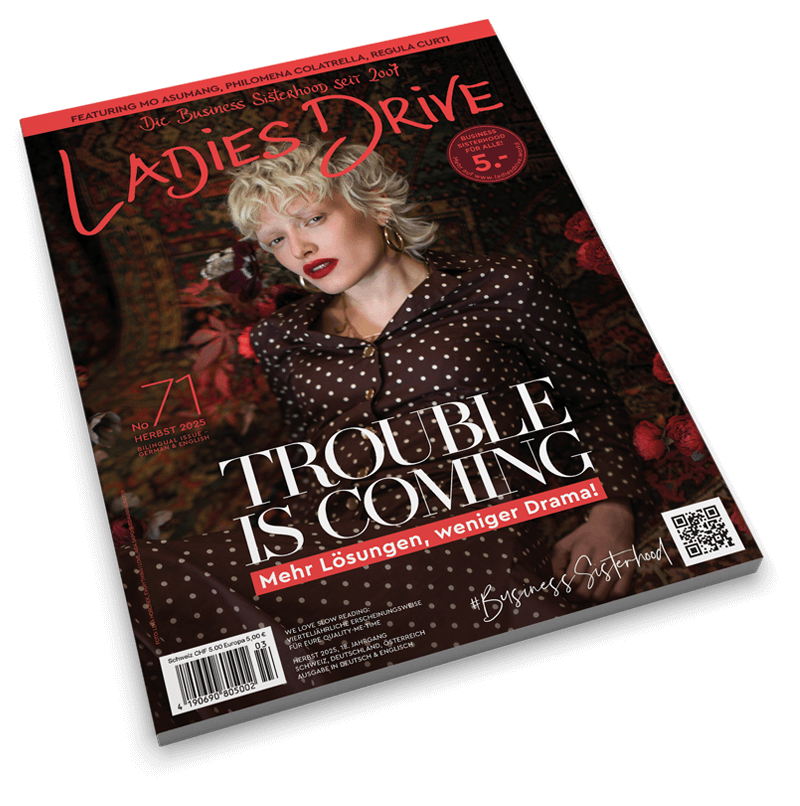Kinder communication and language in business is not about being easy on people. It is about using more situation sensitive, thoughtful and considered language. There is also a big underrated difference between being “nice” and “kind” words. Being „nice“ is about treating others well and as a result, aiming to be well-liked. Being kind, and using kind words means acting in another person’s best interest, even when it can be upsetting. One of the big findings of using kinder language is that it builds trust – as trust is built upon perceptions or interpretations of actions or words.
If it seems obvious that a more considered use of language, words and discourse in the workspace can promote productivity and build trust, what is less known are the benefits of giving people the space and time in their breaks to communicate in their own emotional language with each other. This goes well beyond creating spaces where people can meet. Far beyond upgrading the water cooler to a barista training space or a cool outdoor terrace.
Breaks are effectively the time when workers are not controlled by management. It is the time where emotions can be let out, where how and what we say and hear can have a huge impact not just on the personal wellbeing of people, but interestingly and more surprisingly also on the financial wellbeing of a company. So how does the happy buzz of workplace chatter during breaks impact on profit?
Imagine for a moment you are running a huge call centre operation with say 25,000 employees, and you are trying to find new ways to improve performance but also employee satisfaction and maybe even profit. In one experiment in the USA it was found that if the breaks were rescheduled so that people could spend the time chatting with the people on their team (as opposed to people from other sections of the company) they were more productive. Traditionally workplace organisers think of breaks and coffee time as dead time that has no impact on turnover. In fact how you organise breaks turned out, for one bank, to be a driver of profits. By allowing the employees to interact in their breaks with people on their team, they forged more emotional and meaningful relationships with their co-workers. They talked not just about things like football and music but about their families and their feelings. Not only did it help with providing relief in a stressful work environment, but also more significantly for the company, led to the people exchanging ideas and tips on how to pitch products. It also made it easier for the employees to deal with the customers. The result, according the the story in Susan Pinker’s book The Village Effect, was an overall 8% better performance in the company, but an astonishing 20% improvement in the weak teams. Employee satisfaction on the whole went up 10%, and profits were predicted to have increased by a whopping $15 million.
Both verbal and non verbal languages are important in communication both in our personal and professional lives. Many people are familiar with trying to understand their so-called “love language” in their personal relationships. This is an idea that was developed by Gary Chapman a psychologist- anthropologist in his 1992 book The Five Love Languages. His key theory was that each person is said to have a primary love language – the main way they prefer to show and receive love. But he also used the concept of a “love language” in connection with the workplace. This is about the ways employees can feel appreciated and valued at work. This can include words of affirmation (for example praise and positive feedback), acts of service (helping with tasks), real tangible gifts (tokens of appreciation or financial bonuses), quality time (such as mentorship or one- on-one meetings), and physical touch. The latter can be a bit of a mine field nowadays, but there are acceptable gestures that can express gratitude or appreciation such as a pat on the back or warm handshake. In a diverse working landscape, it is also important to make space for cultural differences, preferences and languages.
Chapman believes that a manager or employer can gain a lot by identifying their employees love language. This provides a foundation for fostering better communication, strengthening connections, promoting kindness and improving understanding between colleagues and teams. In his book “The 5 Languages of Appreciation in the Workplace: Empowering Organizations by Encouraging People” (Chapman & White, 2019), Chapman emphasises that authenticity is the key driving force. Employees he reminds us, are very diverse in their preferred ways of receiving positive work feedback and affirmations. Tailoring your approach – ie expressing your appreciation for your employees in the language they best receive will make your colleagues feel understood and seen. On the other hand, if you don’t know, or can’t decode how your employees want to feel appreciated in their workplace, their needs may be neglected, which in turn leads to lower workplace satisfaction and potentially higher employee turnover.
Language it is said, is the glue that holds society together. In a world that is perceived as increasingly unkind, with ever more polarized language fuelling and fuelled by social media, we have ever more responsibility to create and encourage more constructive communication in the workplace. With the language of love and kindness.





